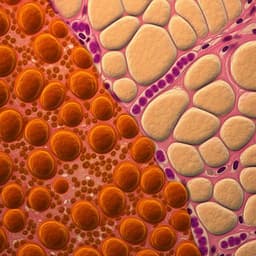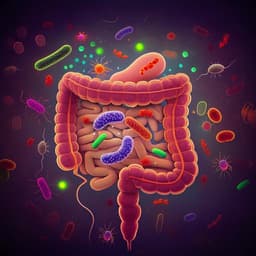
Medicine and Health
Brown adipose tissue is the key depot for glucose clearance in microbiota depleted mice
M. Li, L. Li, et al.
Discover the groundbreaking findings from researchers Min Li and colleagues, revealing how gut microbiota deficient mice exhibit faster glucose clearance. This study uncovers the critical roles of brown adipose tissue and cecum in glucose uptake, challenging our understanding of metabolic processes.
~3 min • Beginner • English
Related Publications
Explore these studies to deepen your understanding of the subject.







